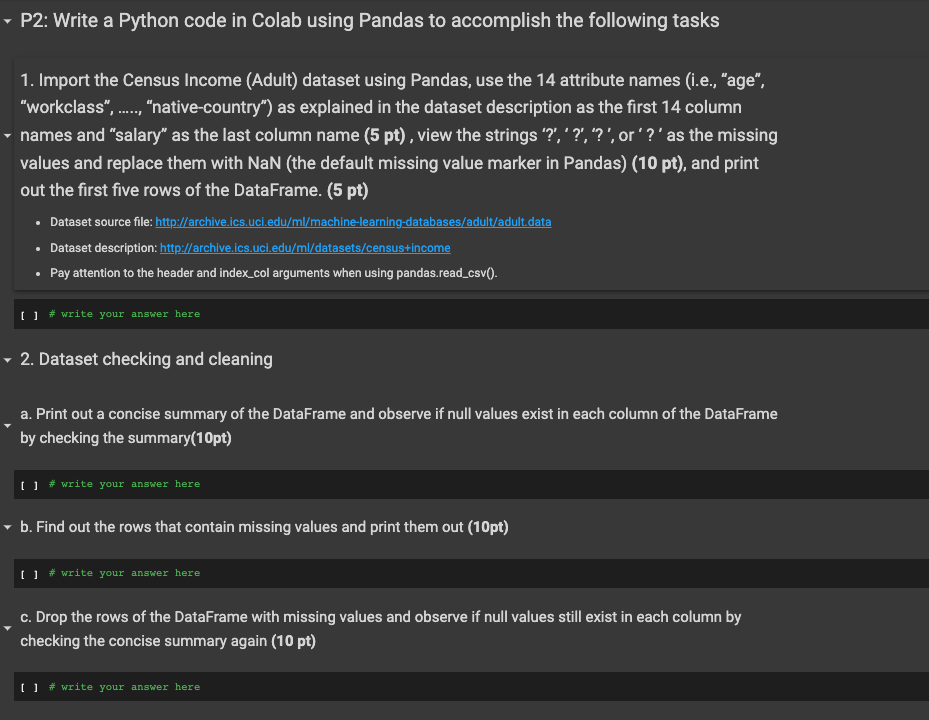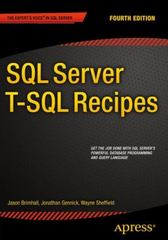Question
Import the Census Income (Adult) dataset using Pandas, use the 14 attribute names (i.e., age, workclass, .., native-country) as explained in the dataset description as
Import the Census Income (Adult) dataset using Pandas, use the 14 attribute names (i.e., age, workclass, .., native-country) as explained in the dataset description as the first 14 column names and salary as the last column name (5 pt) , view the strings ?, ?, ? , or ? as the missing values and replace them with NaN (the default missing value marker in Pandas) (10 pt), and print out the first five rows of the DataFrame. (5 pt)
Dataset source file: http://archive.ics.uci.edu/ml/machine-learning-databases/adult/adult.data
Dataset description: http://archive.ics.uci.edu/ml/datasets/census+income
Pay attention to the header and index_col arguments when using pandas.read_csv().
a. Print out a concise summary of the DataFrame and observe if null values exist in each column of the DataFrame by checking the summary(10pt)
b. Find out the rows that contain missing values and print them out (10pt)
c. Drop the rows of the DataFrame with missing values and observe if null values still exist in each column by checking the concise summary again (10 pt)

Step by Step Solution
There are 3 Steps involved in it
Step: 1

Get Instant Access to Expert-Tailored Solutions
See step-by-step solutions with expert insights and AI powered tools for academic success
Step: 2

Step: 3

Ace Your Homework with AI
Get the answers you need in no time with our AI-driven, step-by-step assistance
Get Started


